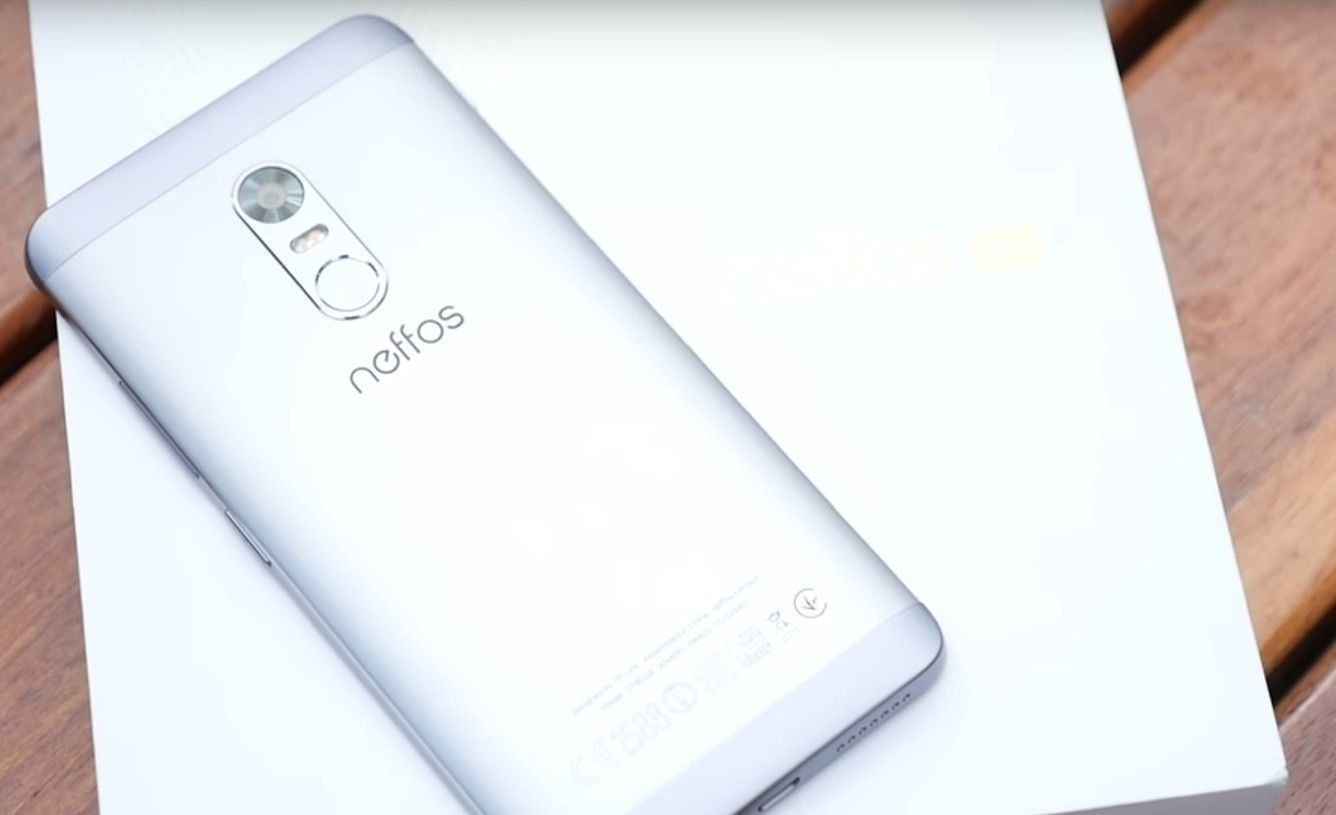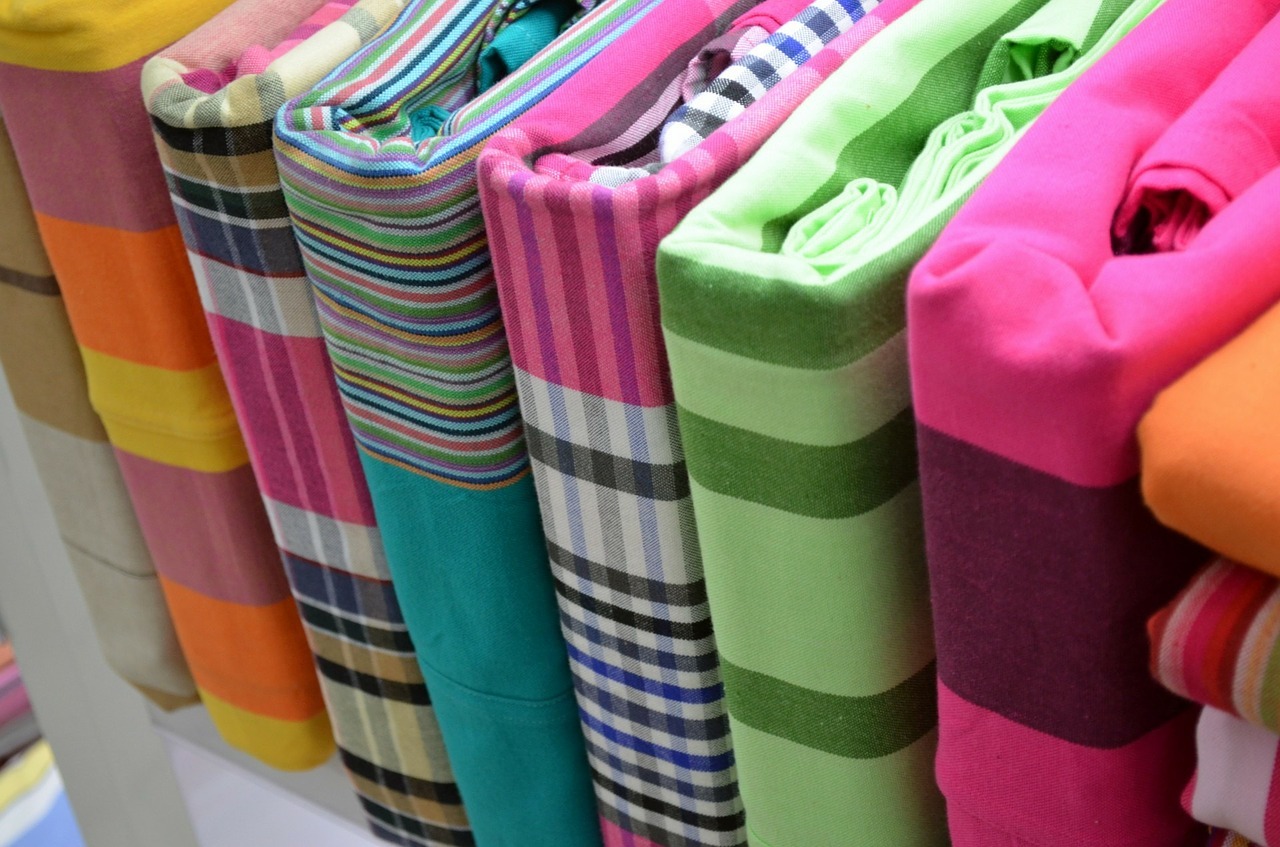Best Sound Level Meters (Sound Level Meters) in 2022
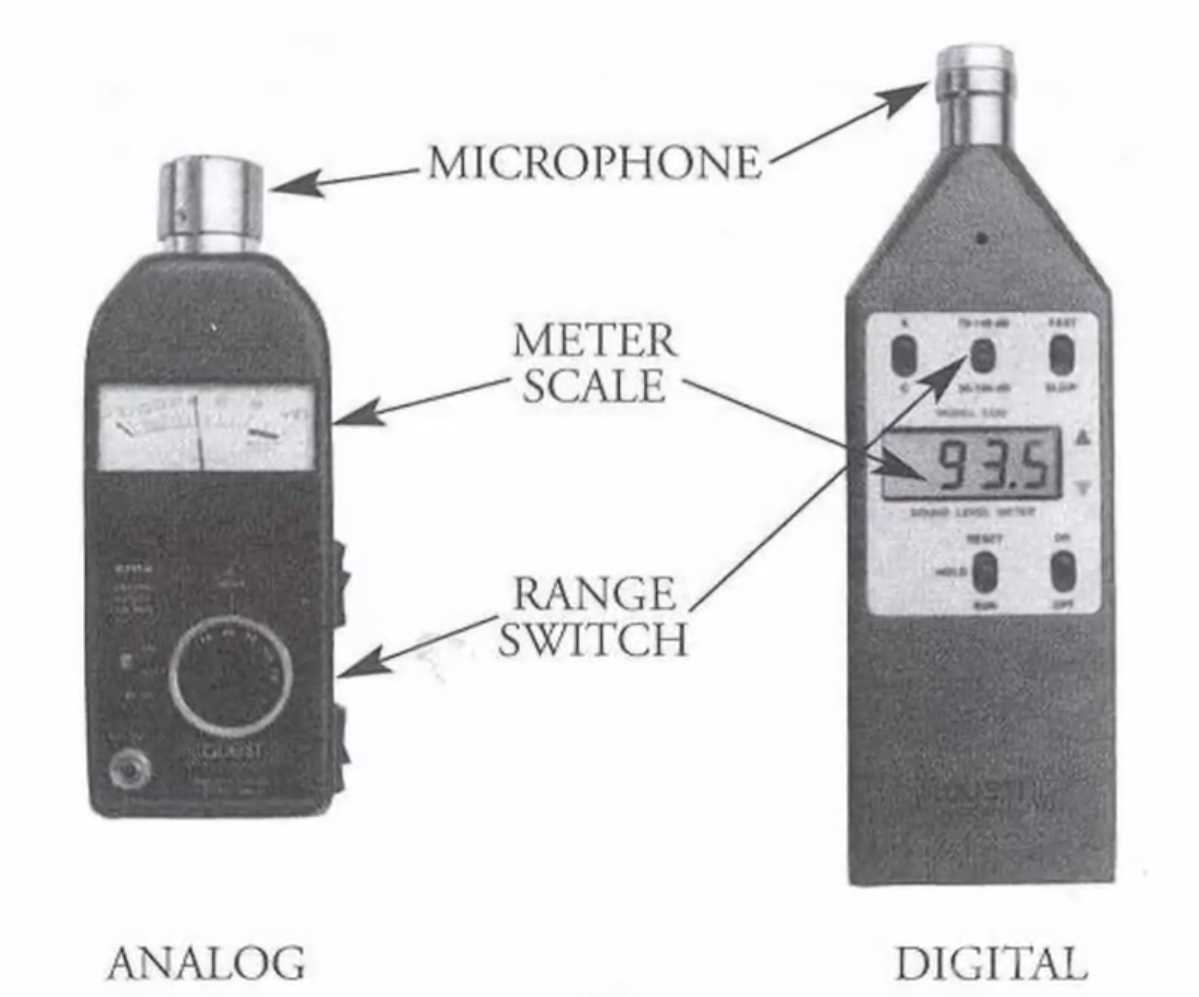
There is no doubt that noise is harmful to health, but there is no escape from it. To determine what sound background is around, you need a sensor that will take readings and protect you from serious effects on the body. Our review will offer a rating of high-quality sound level meters. Consider what they are, what they are for, we will advise the best companies on the market in Russia.
Content
What is a sound level meter and what is it used for?
People experience noise in different ways. The chiming of bells in the distance can be more distracting than the hum of an engine outside the window. Liked music that plays loudly will be less disturbing than an unloved composition. At night, going to bed, any rustle interferes as well as at work, where increased concentration is required.
Popular models of decibelometers have four components: a sensitive microphone, electronic filling, power supply, housing. Passing through the trap, the sound causes the membranes to vibrate and affects the capacitance of the capacitor, namely, this change can be recorded.
The best manufacturers have integrated control that allows you to constantly measure, display data on the digital display of the device, and store values. The main direction of use of the device:
- determination of the noise level in traffic jams;
- construction sector, factories, offices, cinemas;
- setting up musical equipment.
A decibel meter is an inexpensive way to build a more efficient workflow while maintaining health.
In order to obtain high-quality measurements, it is worth paying attention to a number of factors:
- how many meters to the sound source;
- the presence of additional interference;
- whether the room in which the equipment is used, materials for finishing the room is closed;
- temperature fluctuations.
What is the best unit to buy?
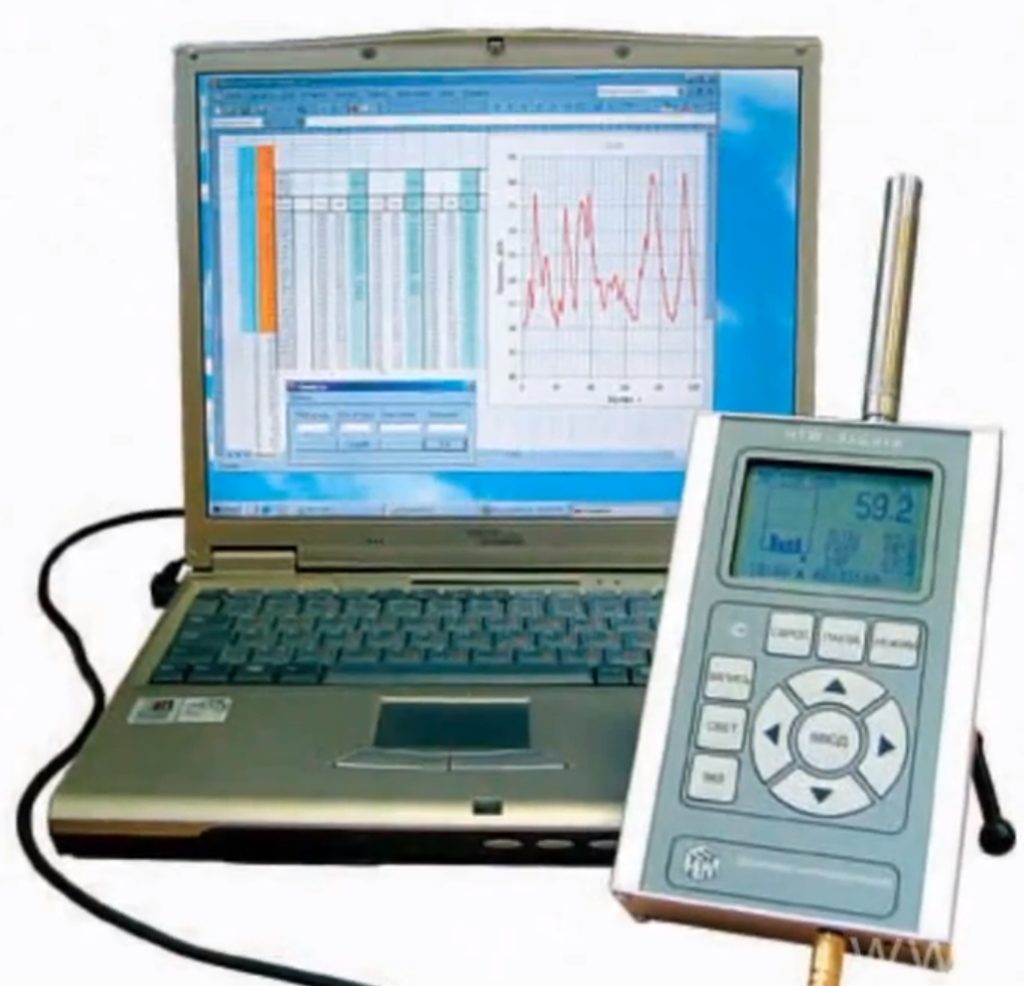
The noise level meter looks like a landline cordless phone or remote control with a digital screen. There are wall mounting options, flat, rectangular, round, square.
The device determines the volume of the sound generated by the environment, some equipment features are necessary for everyone, others are a selection factor.Depending on the tasks, there are different types of analyzers. They differ in characteristics, price, configuration.
- Sound levels are measured in decibels (db), and doctors recommend that levels of 85db can be dangerous, and prolonged exposure will cause permanent hearing loss. It is important to choose a sound level meter that picks up a wide range (at least 100 dB).
- A portable model is more practical, you can take it with you to the airport, to a music concert, use it during construction or repair. However, if you happen to live near a city bus stop, a Class 1 sound level meter/spectrum analyzer may be required.
- Additional functionality includes: automatic shutdown, registration of received data in the device’s memory, backlight, light sensor, sound calibrator, USB connector.
- It is important to correctly determine the criteria for selecting instrument parameters in order not to make a mistake when buying.
- Most products run on batteries (AA, AAA or 9V). Make sure that the type of device you are purchasing can be powered by a battery, this is important.
- Multifunctional products, in addition to sound, measure humidity, temperature, light power.
What does 1, 2, 3rd accuracy class mean?
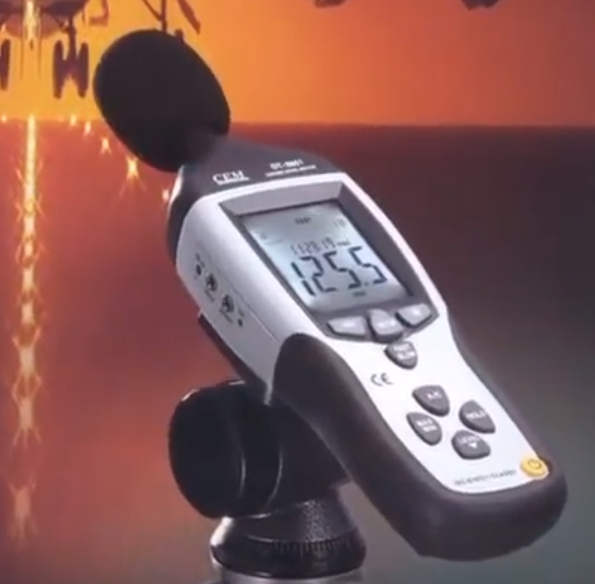
International IEC standards divide sound level meters into two "classes". These products have the same functionality, but different requirements for reading accuracy. "Level 1" devices have a wider frequency range, tighter tolerances than budget "Class 2" devices. This applies both to the analyzer itself and to the corresponding calibrator.
Most national standards, including the Russian GOST, allow the use of "level 2" tools.For routine measurements, it is not necessary to use a "class 1" device, they are common in more accurate studies.
The American National Institute (ANSI) ranks decibelmeters by type (1, 2, 3rd). These regulations establish tolerances for performance, accuracy:
- 1st used in laboratories, the best apparatus known;
- 2nd used in the field (± 1 dBA);
- 3rd for general purpose measurements (± 2 dBA).
If you want to determine the noise of the street, night noise, the rumble of cars, kitchen appliances, the “3 class” unit is suitable. The higher level products comply with IEC 61672-1: 2002 guidelines. They are used by reviewers, used in the field of high technology, audio acoustics. The devices are calibrated (with high accuracy verification), they belong to the category of test equipment. It is important to note that class 3 devices meet the same requirements, but have lower tolerances.
Calibrated products have a seal or marking, are included in the state register. Instruments with verification have a high average price, but such a device is not necessary for the average consumer.
Where to buy a sound level meter?
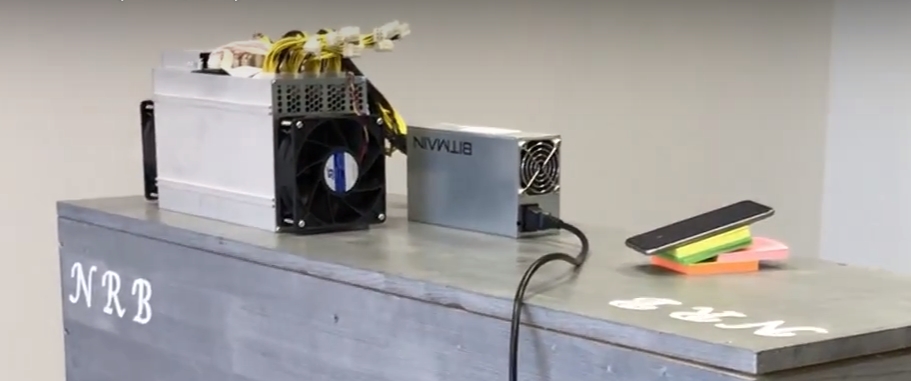
You can buy new items in electronics supermarkets, order online in an online store or mail. The device is quite rare, so it is better to use a search engine, read the description, features, read reviews, evaluate the popularity of models.
Rent or buy a product? Depends on the purpose. If you need to collect information at a time, file a lawsuit against screaming neighbors, it’s better not to spend money on “class 1” equipment, but to borrow a simpler device. For private purposes, you can use inexpensive decibelmeters "class 3". The cost of renting a calibrated sound level meter will be higher.
Today, a smartphone can provide many useful features, including various sound measurement applications, see if they suit your needs.
Armed with a useful device, you'll quickly find troublemakers, whether it's loud neighbor music, a rock drill, or checking out a repaired moped.
Rating of quality sound level meters in 2022
We have made a review of the 10 best decibelmeters, 1, 2, 3rd class, according to buyers. The information provided will tell you how to choose the right device, how much it costs, what functions will be useful when using it.
3rd class appliances
Such products are used for indicative studies, the frequency range of indications should be from 31.5 to 8000 Hz, and the maximum deviation is ± 2.0 dB.
AMTAST AMF004
4th place.
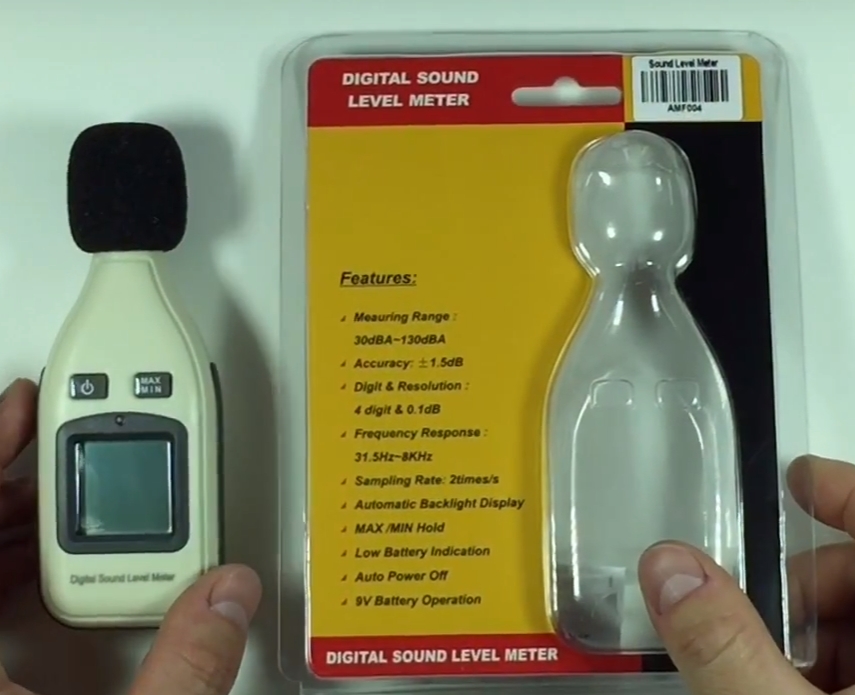
The AMF004 electronic device will help, without wasting energy, measure the sound in various environments. AMTAST has proven itself in the field of labor protection, successfully controls noise pollution in factories, large enterprises, and at home.
An important distinguishing feature of the model is a huge screen with a light sensor, there is an automatic activation in case of insufficient visibility. Thanks to this, the resulting values, in the range from 30 to 130 dB, will be visible from afar.
The equipment is manufactured to ANSI S1.4-2 standards approved in the USA.
The decibelmeter is easy to use, has an ergonomic body, and is pleasant to the touch. To get started, just press "Power" and in a second you can take readings of the background of the environment, everything happens automatically. AMF004 turns off by itself (if you do not use the unit for 11 minutes).
Technical indicators:
| Options | Characteristics |
|---|---|
| Manufacturer | AMTAST(USA) |
| Microphone | 1.2" capacitive |
| measurement range | 30-130 dBA |
| Value of division | 0.1 dB (4 digit indicator) |
| Error | ±1.5 dB |
| Measurement frequency | 31.5Hz - 8.5KHz |
| Secondary functions | Screen backlight, low battery indication |
| Environmental parameters | 0°C to 40°C, humidity less than 80% (non-condensing) |
| Food | 4 batteries 1.5V type AA |
| Dimensions (mm) | 149x57x36 |
| Weight (g) | 110 |
| Guarantee | 12 months |
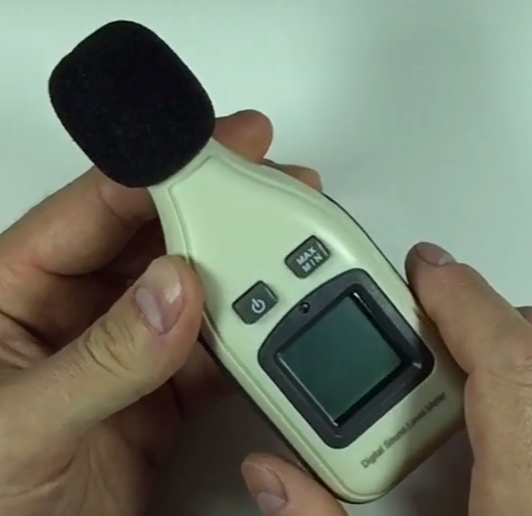
- automatic shutdown;
- ergonomic body;
- display backlight;
- battery charge indication.
- high error, suitable for domestic use only.
VoiceLiner SLM-20
3rd place.
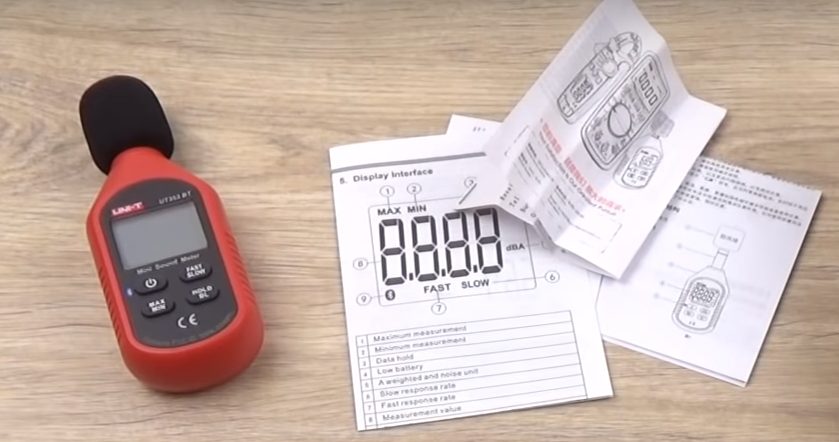
The SLM-20 is a compact, ergonomic device for professionals. Operates from 30 - 130 dB, with a frequency of 31.5 Hz - 8 kHz, error ± 1.5 dB, scale gradation 0.1 dB.
There are two correction channels (A, C):
- A - used in standard studies, is able to equalize indicators in the range of human sound perception;
- C - designed for extreme loads, captures noise in normal octaves.
Limit measurements are set independently:
- 30 – 70;
- 60 – 100;
- 90 - 130 dB.
Research can be done in stages, at intervals.
- 1 / sec.;
- 1 / 0.125 milliseconds
The body is made of plastic, reinforced, in front - a digital display, navigation keys. On the right there are cells for batteries. The device is comfortable to use, holding it with one hand.
The product has a huge amount of built-in memory (60,000 indicators), which is integrated with a computer for data exchange, graphing, charting.
Technical indicators:
| Options | Characteristics |
|---|---|
| Measuring range | 30 - 130 dB |
| Permission | 0.1 dB |
| Error | ±1.5 dB |
| frequency range | 31.5 - 8000 Hz |
| frequency factor | A, C |
| Dynamic Range | 40 dB |
| Microphone type | polarized, capacitive |
| Fixing the maximum values | Yes |
| Display backlight | Not |
| Source of power | 1x9V battery |
| Calibration | Yes |
| Work, temperature | 0 - 40 °C |
| Humidity | 10 — 75 % |
| Height above sea level | up to 2000 m |
| Storage, temperature | -10 - 50 °C |
| Humidity | 10 — 80 % |
| The size | 195×65×35mm |
| Weight (with batteries) | 151 gr |
| Package | 210×165×56mm |
| Weight (complete set) | 386 gr. |
- memory capacity, recording capability;
- computer integration;
- frequency correction channels.
- not detected.
Smart Sensor AR854
2nd place.
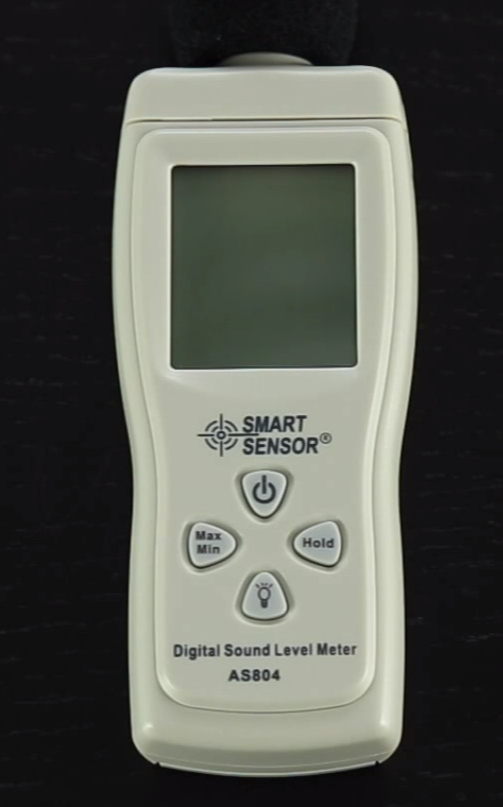
AR854 is a popular, demanded model in the decibelmeter market. It is able to take readings in a short time, has a USB interface, transfers the received data to a personal computer for detailed study, archiving, processing. The large screen, with an intuitive interface (graphics in the form of a pie chart), is clearly visible, the information is easy to digest.
Smart Sensor is loaded with useful features: thanks to the built-in alarm that will warn you when the noise level is exceeded, the distracted researcher has the opportunity not to miss important indicators. The operating interval is 30-130 dB, an error of no more than 1.5 dB is allowed. The AR854 runs on four regular 1.5V batteries.
All these parameters allow the device to be in demand in production, at home, when carrying out safety measures.
Technical indicators:
| Options | Characteristics |
|---|---|
| Manufacturer | Smart Sensor (China) |
| Microphone | 1.2 inches |
| measurements | 30-130dBA, 35-130dB |
| Frequencies | 31.5Hz-8.5KHz |
| Error | 1.5 dB |
| gradation | 5 digits, 0.1 dB |
| Time to take readings | 2 s. |
| Backlight | + |
| Auto power off | + |
| Battery indicator | + |
| Exit | AC-0.707V (RMS)=600Ω/step; DC-10mV/dB=100Ω |
| Food | 4x1.5V type AA |
| Dimensions | 183x67x30 |
| Weight, g. | 168 |
| Guarantee period | 1 year |
- built-in alarm;
- big screen;
- user-friendly interface.
- not detected.
VoiceLiner SLM-40
1 place.
SLM-40 is a Russian-made unit. With its help, sound volume measurements are made from 30 to 130 dB. Studies can be carried out with a resolution of 0.1 dB with an error of ±1.5 dB. The boundaries of the operating interval are from 31.5 Hz to 8 kHz. The signal amplitude limit is 40 dB. There are two frequency coefficients (A, C), it is possible to calculate indicators from the received data.
VoiceLiner has a sensitive integrated microphone (dimensions: 0.5 inches), protected by a soft cap.
The SLM-40 can calibrate data up to 94dB using the USB connector, the product is connected to a personal computer to process the received information. The case of the device is shock-resistant, made of plastic
Technical indicators:
| Options | Characteristics |
|---|---|
| measurements | 30 - 130 dB |
| Permission | 0.1 dB |
| Error | ±1.5 dB |
| Frequency | 31.5 - 8000 Hz |
| Coefficient | A, C |
| Dynamic Range | 40 dB |
| Microphone type | polarized, capacitive |
| PC interface | USB |
| Fixing the maximum values | + |
| Memory size | 60000 meas. |
| Display backlight | + |
| Source of power | 1x9V battery |
| Calibration | + |
| Work, temperature | 0 - 40 °C |
| Humidity | 10 — 75 % |
| Height above sea level | up to 2000 m |
| Storage | -10 - 50 °C |
| Humidity | 10 — 80 % |
| The size | 195×65×35mm |
| Weight (with batteries) | 155 gr |
| Packing size | 270×185×60mm |
| Weight (complete set) | 558 gr |
- impact-resistant case;
- large memory.
- not detected.
Products "2nd class"
Devices of this level are designed for "field" research, frequency range 31.5 Hz-8000 KHz, maximum deviation ±1.0 dB.
Testo 816-2
3rd place.
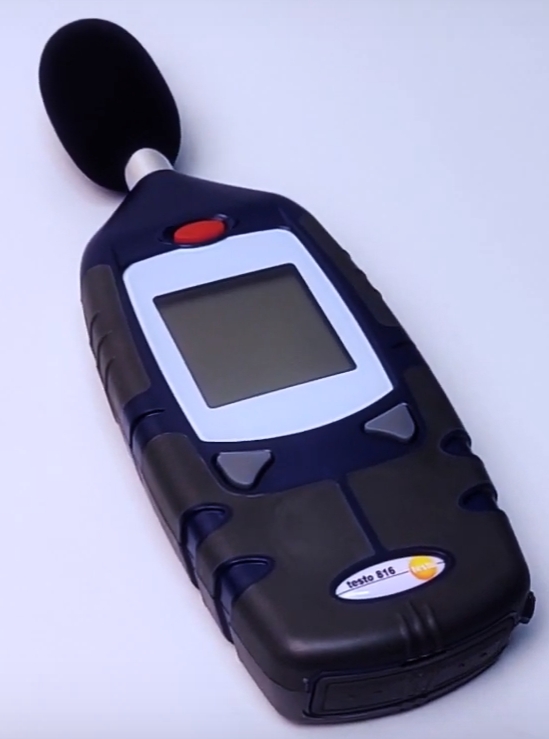
Testo 816-2 detects sound fluctuations in the range of 30 - 160 dB. Information collected in production, public places is processed and then used to improve safety, control and labor conditions.
The product is included in the State Register of SI. Verification of equipment allows you to use the obtained data for commercial purposes, for official documents, conclusions. The intuitive interface helps you take measurements using two buttons located on the body:
- noise level measurement interval increased up to 160 dB;
- a significant amount of memory saves 100 indicators with a frequency of 1 s.;
- USB connector transmits information to a PC;
- operating temperature from -20 to +60 °C.
The results are shown on the display, in the form of a chart or table. The db24 software saves data to the laptop in MS Excel format.
The Testo 816-2 has a shock-resistant body and compact dimensions. The standard kit includes: a wrist strap that helps when carrying the device, a protective case.
Technical indicators:
| Options | Characteristics |
|---|---|
| Current and maximum sound level | + |
| Data logging with a frequency of 1 s | + |
| Selection of data logging interval (1...10 s) | - |
| Averaging (Leq or Lavg) | - |
| Sound level measurement ranges, dB | 30 - 100, 60 - 130 |
| Frequency characteristics | A, C |
| Timing | S, F, I |
| Self-noise level, dB, no more | 33 |
| Accuracy | Class 2 according to GOST R 53188.1-2008 (IEC 61672-1) |
| Limits of permissible absolute error of sound level measurements, dB | ±1,0 |
| Operating frequency range, Hz | from 63 to 8000 |
| Memory size | 419,000 measurement points (100 blocks) |
| Display | 128 x 128, mono, LCD display |
| Output (PC) | USB 2.0 (A - mini B) |
| Batteries/accumulators | 3 AA alkaline batteries (included) or rechargeable batteries |
| Mains powered | 5 VDC DC (Mini-B USB 5S connector) |
| Battery life | more than 35 hours |
| Working conditions: | |
| Humidity | 5...90%RH (non-condensing) |
| Ambient temperature, C° | from 0 to 40 |
| Atmospheric pressure, kPa | from 65 to 108 |
| Relative air humidity (at 30°C), %, max | from 5 to 90 |
| Atmospheric pressure, kPa | 65 - 108 |
| Storage conditions: | |
| Temperature | -20...60°C |
| Size (mm) | 72 x 212 x 31 |
| The weight | 245 g (with batteries) |
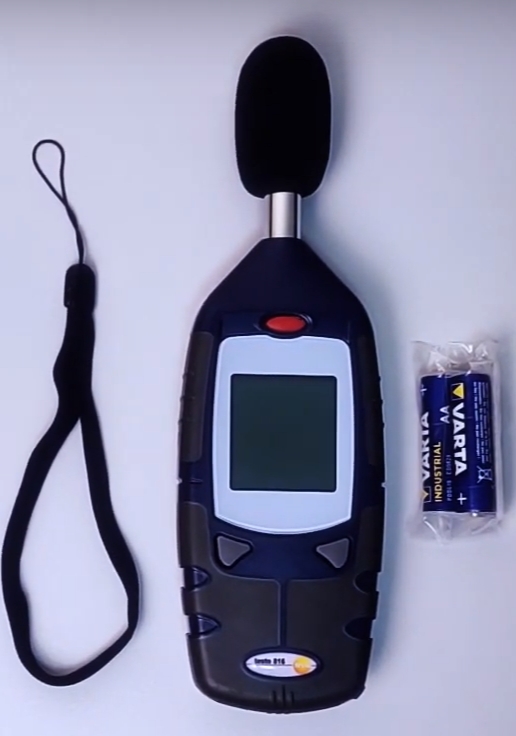
- ergonomics;
- extended measurement interval. LCD monitor.
- not detected.
CEM DT-8820
2nd place.

CEM DT - 8820 is a 4-in-1 digital multimeter (lux meter, moisture meter, thermometer, sound level meter) that performs high-precision analysis of:
- noise indicators;
- illumination;
- humidity;
- temperature.
CEM DT-8820 has a large screen, on which the measurement indication is located (Lux, ° С,% RH, dB, exceeding the range, battery discharge). The device automatically turns off if not active for more than 10 minutes.
Multi-tasking, first-class calibration is ideal for professional use, and thanks to the convenience, simplicity of the interface, the DT-8820 is a desirable device for home use. The device is powered by a Krona battery. When the supply voltage drops below the required level (battery discharge), the BAT indicator is activated.
Technical indicators:
| Options | Characteristics |
|---|---|
| Measurement frequency | 1.5 meas./s |
| load A LO | 35 - 100 dB |
| load A HI | 65 - 130 dB |
| load CLO | 35 - 100 dB |
| load C HI | 65 - 130 dB |
| Frequency | 30 Hz - 10 kHz |
| Accuracy (at 94 dB) | ±3.5dB |
| Permission | 0.1dB |
| Food | battery (9 V), type "Krona" |
| Dimensions (HxWxD) | 251 x 63.8 x 40mm |
| Net weight | 250 g |
- decent calibration;
- automatic shutdown;
- large display;
- simple interface;
- suitable for professional use;
- multitasking.
- not detected.
TESTO 815
1 place.
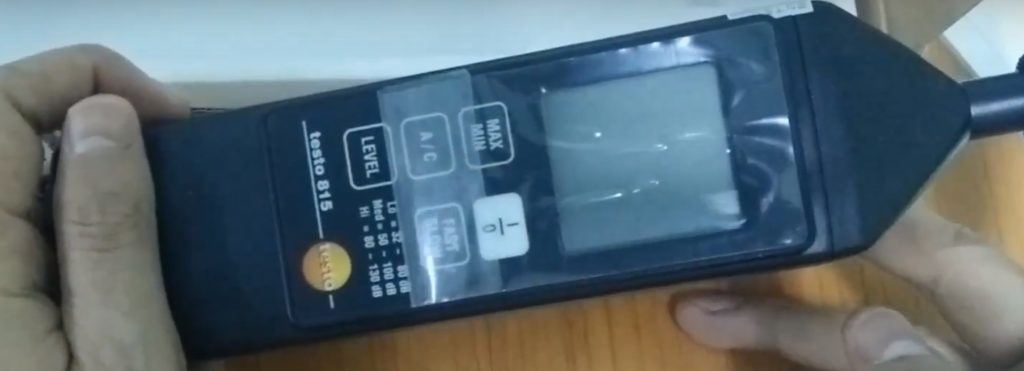
Ideal equipment for measuring purposes. "Testo 815" is excellent for research in the field of heating, ventilation, air conditioning, sound level assessment in discos, industrial plants, controls the operation of generators.
Technical indicators:
| Options | Characteristics |
|---|---|
| Fixing interval | 32 to 130 dB |
| Error | ±1 dB |
| Working temperature | from 1 to 40 °С |
| Source of power | Crown 9V |
| Dimensions | 255x55x43 mm |
| The weight | 0.195 kg |
- error 1 dB;
- applied in the professional field;
- maintainability.
- not detected.
Devices "1st class"
Frequency range 20 - 12500 Hz, with an error of less than 1 dB, devices of this level are used in laboratories.
DT-805
3rd place.
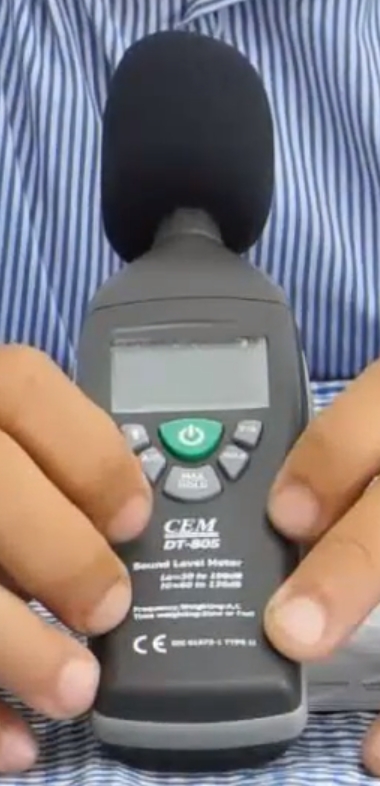
The DT-805 decibelometer is distinguished by its increased sensitivity, it is used for standard tasks inherent in a product of its class:
- measurement of the volume level in the premises;
- construction sites,
- car exhaust.
Equipment setting is carried out by keys on the case, the working interval has two modes. The information is presented on a backlit digital screen. DT-805 has two filters:
- And for a weak sound;
- filter C for peak loads.
The DT-805 is used by traffic police to determine the noise level of a vehicle's exhaust system.Includes batteries for the device.
Technical indicators:
| Options | Characteristics |
|---|---|
| Autoranging | + |
| Registration MIN and MAX | + |
| Hold readings | + |
| Battery indicator | + |
| Overload indication | + |
| Filter type | A and C |
| Types of response | Fast and slow |
| Operating temperature range, °С | 0 - 40 |
| Relative humidity, % | 90 |
| Noise level,dB | 30-130 |
| Frequency, Hz | 30-8000 |
| Error | 0.05 |
| Display | LCD |
| Length, sm | 5.5 |
| Width, sm | 3.3 |
| Height sm | 21 |
| Packing weight, gr | 250 |
| Manufacturer | CEM Instruments |
| Source of power | 9V Krona |
| Country | China |
- two filters;
- high accuracy of readings.
- not detected.
TESTO 816-3
2nd place.
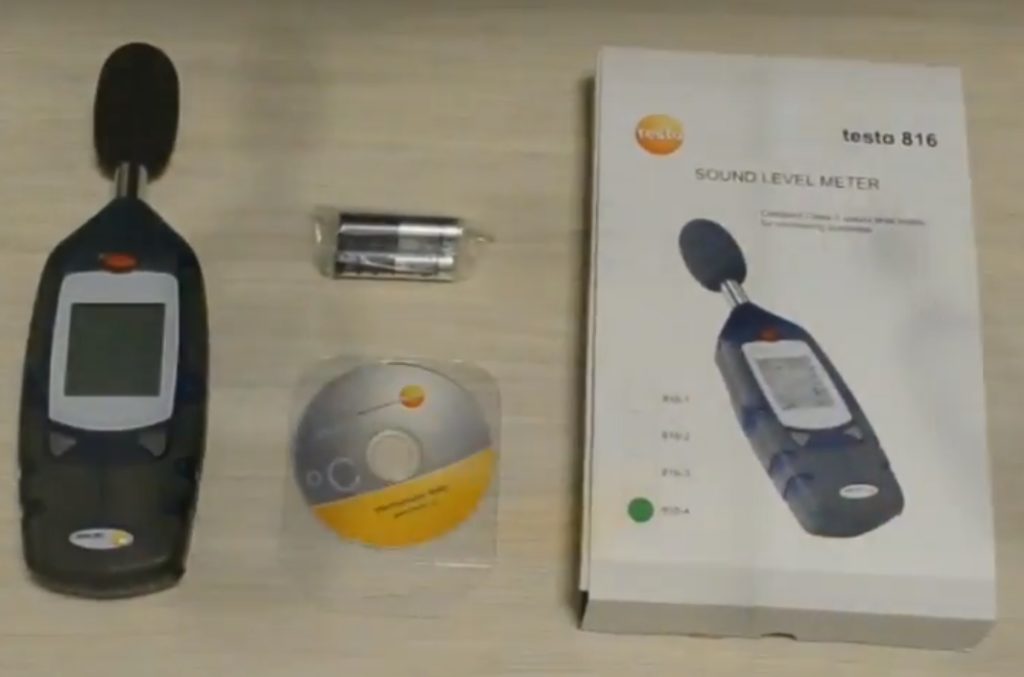
"TESTO 816-3", recorded in the State Register, was created using the latest technologies. All models in this range have excellent reading accuracy. The device is ergonomic, shock-resistant, measures the noise background in various areas (industrial, domestic use) quickly, in accordance with the necessary regulations:
- intuitive control with two buttons;
- durable casing, attractive design;
- high resolution screen;
- the ability to use the “db24” software;
- compliance with IEC 61672 regulation;
- increased interval for fixing readings;
- option of registration, averaging;
- battery 35 hours;
- USB connector;
- recording readings in the form of Excel spreadsheets;
- Warranty period 2 years;
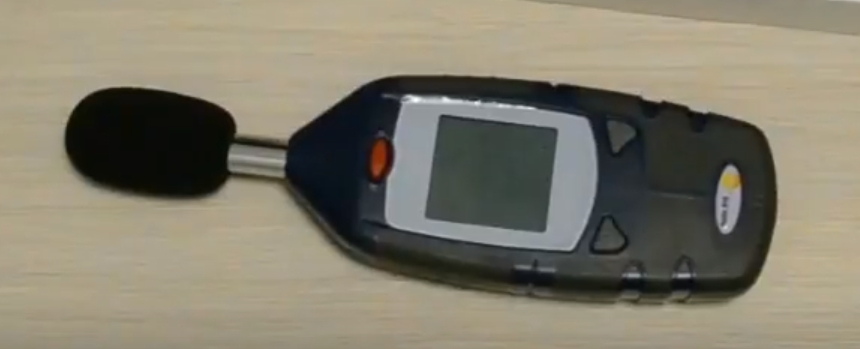
Using TESTO is a simple, affordable method of recording noise pressure levels over a given time interval.
Technical indicators:
| Options | Characteristics |
|---|---|
| Number in the State Register of SI RF | 50850-12 |
| Measuring range | 32 ... 130 dBh |
| Product code | 5608163 |
| Spectral range | 31.5 ... 8000 Hz |
| Filter type | A, C |
| Battery Type | 3 AA batteries |
| The weight | 195 g |
| Dimensions (L x W x H) | 255 x 55 x 43 mm |
| Working temperature | 0°С ... 40°С |
| Safety standards | ANSI S1.43, IEC 60804 |
| Storage temperature | -20°С ... 60°С |
| Memory | 419000 measuring points |
| Additional functions | Averaging (Leq or Lavg). |
- application of “db24” software;
- powerful battery;
- impact-resistant case;
- wide reading range.
- not detected.
OCTAVA-111
1 place.
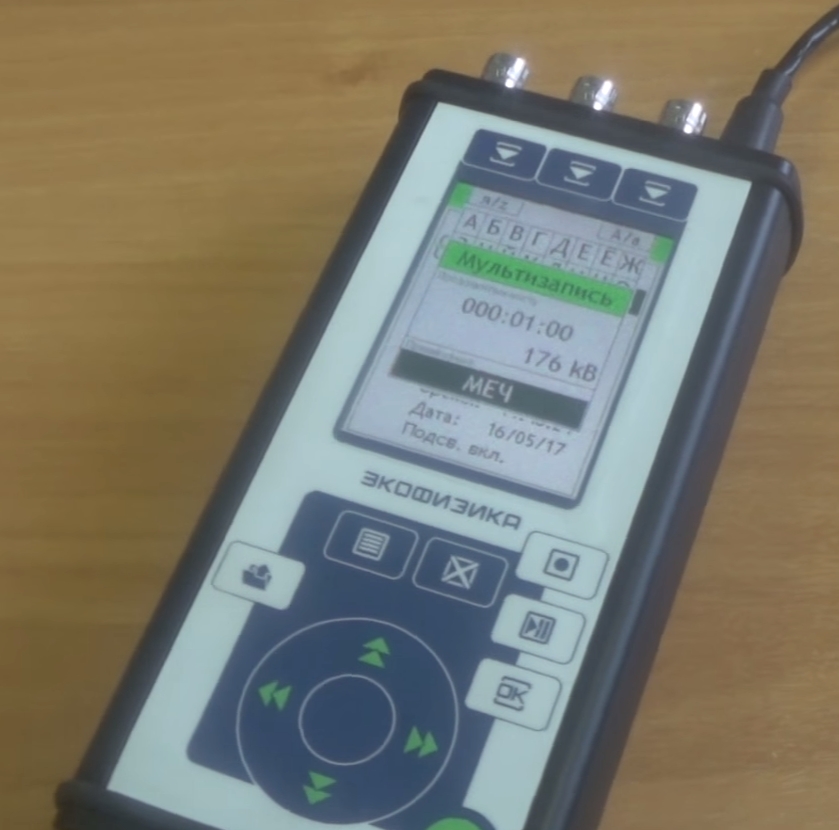
Despite the high accuracy of readings, OKTAVA-111 is an easy-to-use, inexpensive device that allows you to obtain any data on noise.
A unique feature of the device is the low level of self-noise. This ability allows you to hold readings up to 18 dB.
The product is used in industrial and sanitary complexes, institutes of hygiene, epidemiology, testing centers that are engaged in research in the field of labor protection, environmental management, engineering, technical service of machines. Number in the State Register:
- RF-69133-17;
- RB (Belarus) -03 12 6613 18.;
- RK (Kazakhstan) -KZ.02.03.08207-2018/69133-17.
Functional:
- class 1, GOST 17187-2010 and IEC 61672-1
- obtaining readings in octave, one-third octave bands;
- fixation of peak values;
- adjustment A, AU, C, Z;
- microphone (polarization 200 V / 0 V), extension cord;
- fixation in memory;
- telemetry, remote control;
- range 18…140 dB;
- all data is received simultaneously;
- convenient grouping of indications (2 windows);
- parallel work with current averages (RMS-1s), equivalent values, time corrections “F. S.I", noise pressure.
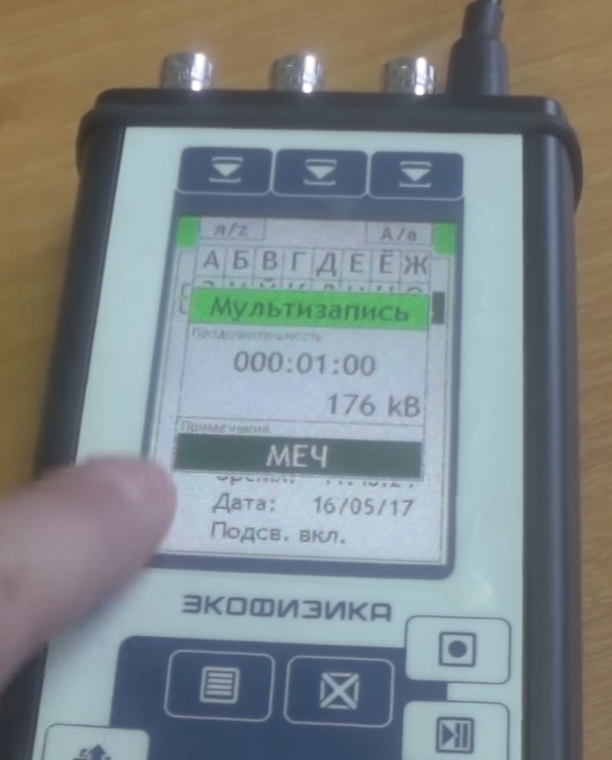
OCTAVA-111 equipment with unique characteristics suitable for deep analysis of the sound background of the environment.
Technical indicators:
| Options | Characteristics |
|---|---|
| Adjustment interval for A, dB | from 19 to 150 |
| C interval, dB | from 21 to 150 |
| Z interval, dB | from 24 to 150 |
| Adjustment interval for AZ, dB | from 18 to 150 |
| Frequency characteristics | A, C, Z, AU |
| Temporary | S, F, I, Peak, Leq, Leq,1c |
| Sound level measurement errors, dB | ±0,5 |
| Frequency range of digital octave filters, Hz | from 31.5 to 16,000 |
| Frequency range of digital one-third octave filters, Hz | from 25 to 20,000 |
| Octave filters from 31.5 Hz to 8 kHz, dB | 122 |
| Octave filters 16 kHz, dB | 117 |
| One-third octave filters from 25 Hz to 8 kHz, dB | 126 |
| One-third octave filters from 10 kHz to 20 kHz, dB | 120 |
| Errors at reference frequencies, dB | ±0,4 |
| Mean time between failures, h, not less than | 10000 |
| Service life, years | 5 |
| DC supply voltage (four AA batteries), V | 5 |
| Current consumption, mA | 400 |
| Mass of the device with batteries, kg, no more | 0.55 |
| Overall dimensions (length×width×height), mm, no more | 305×85×35 |
| Ambient temperature, °C | from minus 10 to plus 50 |
| Relative humidity of the ambient air, %, no more | from 25 to 90 |
| Atmospheric pressure, kPa | from 85 to 108 |
| Included | microphone sensitivity 50 mV/Pa and 14 mV/Pa |
- price quality;
- a wide range of possibilities;
- registered in the public register.
- not detected.
By purchasing a productive sound volume analyzer, you will save the health of yourself and your household or employees for many years.
new entries
Categories
Useful
Popular Articles
-

Top ranking of the best and cheapest scooters up to 50cc in 2022
Views: 131652 -

Rating of the best soundproofing materials for an apartment in 2022
Views: 127691 -

Rating of cheap analogues of expensive medicines for flu and colds for 2022
Views: 124520 -

The best men's sneakers in 2022
Views: 124034 -

The Best Complex Vitamins in 2022
Views: 121940 -

Top ranking of the best smartwatches 2022 - price-quality ratio
Views: 114981 -

The best paint for gray hair - top rating 2022
Views: 113396 -

Ranking of the best wood paints for interior work in 2022
Views: 110319 -

Rating of the best spinning reels in 2022
Views: 105330 -

Ranking of the best sex dolls for men for 2022
Views: 104367 -

Ranking of the best action cameras from China in 2022
Views: 102217 -

The most effective calcium preparations for adults and children in 2022
Views: 102012


